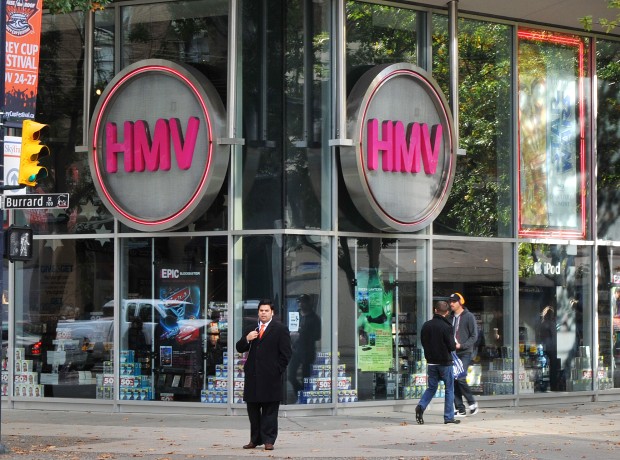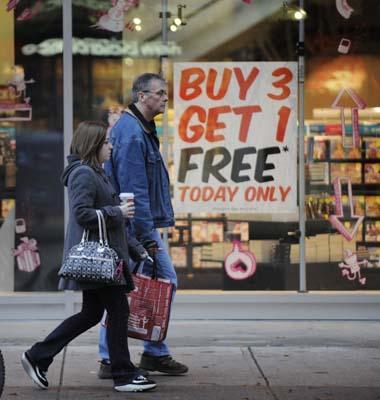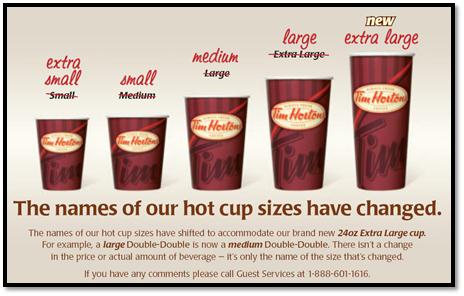In Jiaqing Yao’s blog post “Taobao–the great successful of Ebay in China“, he introduces the Chinese version of EBAY to us. Being a Chinese myself and a user of both the two online shopping website, i want to discuss how Taobao approaches its customer by setting a smart target market and how Cultural environment contributes to its success.
Founded in 2003, Taobao was operated after the opening of Ebay China. Although Ebay took the advantage of early opening, it was took over by Taobao and had to virtually exit the Chinese market. I still remember hearing the name first time when I was in elementary school. Taobao, with a meaning of digging and exploring the treasure in English, smartly targets its customers. As a developing country, the working age population of China didn’t have much experience with high tech and services related to that. Both of my parents can only type in short sentences, surf on the internet for news. Unlike Ebay which targeted the working population, Taobao targeted the younger generation born in 80’s or 90’s. Young adults and teens were more willing to take adventure and adopt any new technologies. Through interesting blog posts and the cooperation with other social networking websites, Taobao won the heart of the younger generation. It created a young, activate brand image among young adults in China.
Taobao is successful at using cultural environment as an advantage. When Ebay is introduced to China, the platform, layout of website had to follow the worldwide form in order to maintain its image and expectation from customer. Taobao, on the other hand, provided a cleaner and easier layout of the search engine with categories such as group buy deals which was favoured by Chinese people. The brand also uses orange as its main theme colour, which most Chinese shopping malls would use.
Taobao also successfully used “words of mouth” strategy, which was a very powerful tool in China. Unlike countries as Canada which information from all sources especially from the internet is familiar to customers, the Chinese customers are far more unfamiliar and conservative . As I have mentioned that it retained a very positive and attractive brand image in the younger generation, it quickly accumulated a large number of fans. the young and active fans contributed so much in spreading out the brand image, and many people were introduced to Taobao from that. I started using it in 2006 after hearing the wonderfulness of Tabao from my best friend.
Another winning strategy Taobao adopts is the focus d in domestically produced goods and services. Since the price level of domestically produced products were a lot lower, the platform of international offers that Ebay provided were far less attractive. The patriotism towards Government and Country that Chinese people shared is another reason why Taobao was so popular comparing to Ebay. The philology of trusting “Zijiren” — inner and closer people shortens the distance between the population and Taobao. Taobao produces ads and commercials that are more friendly with emphasis on Chinese people’s daily life. I guess after all, Chinese people knows themselves better than others do. Joking.







